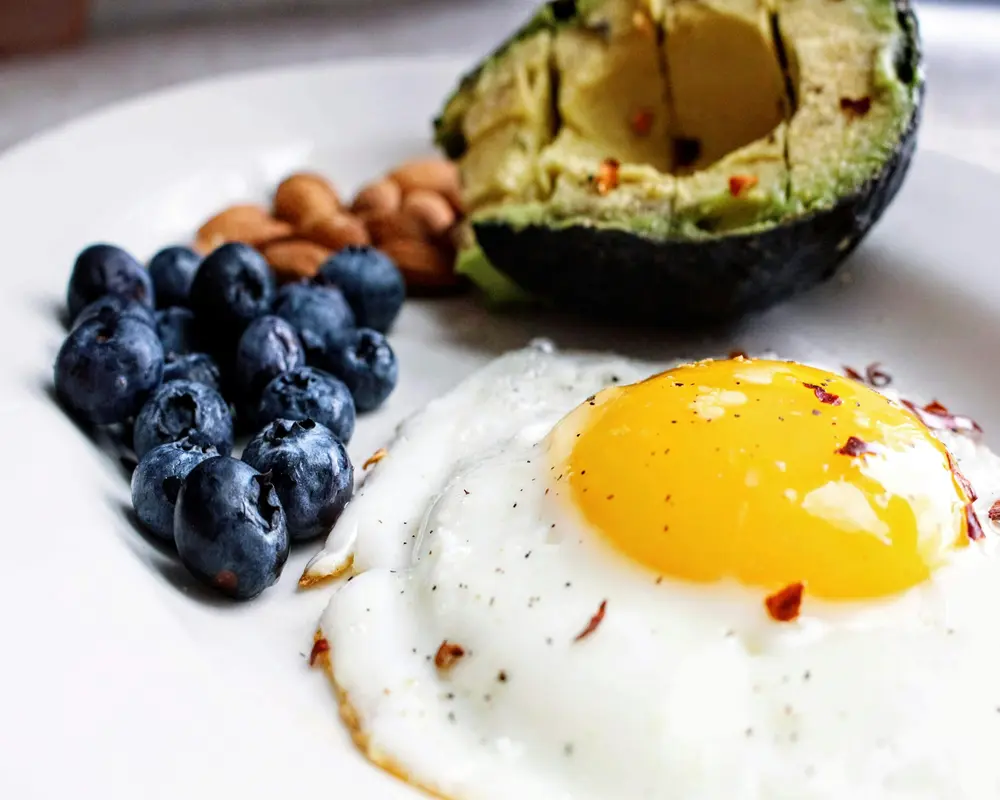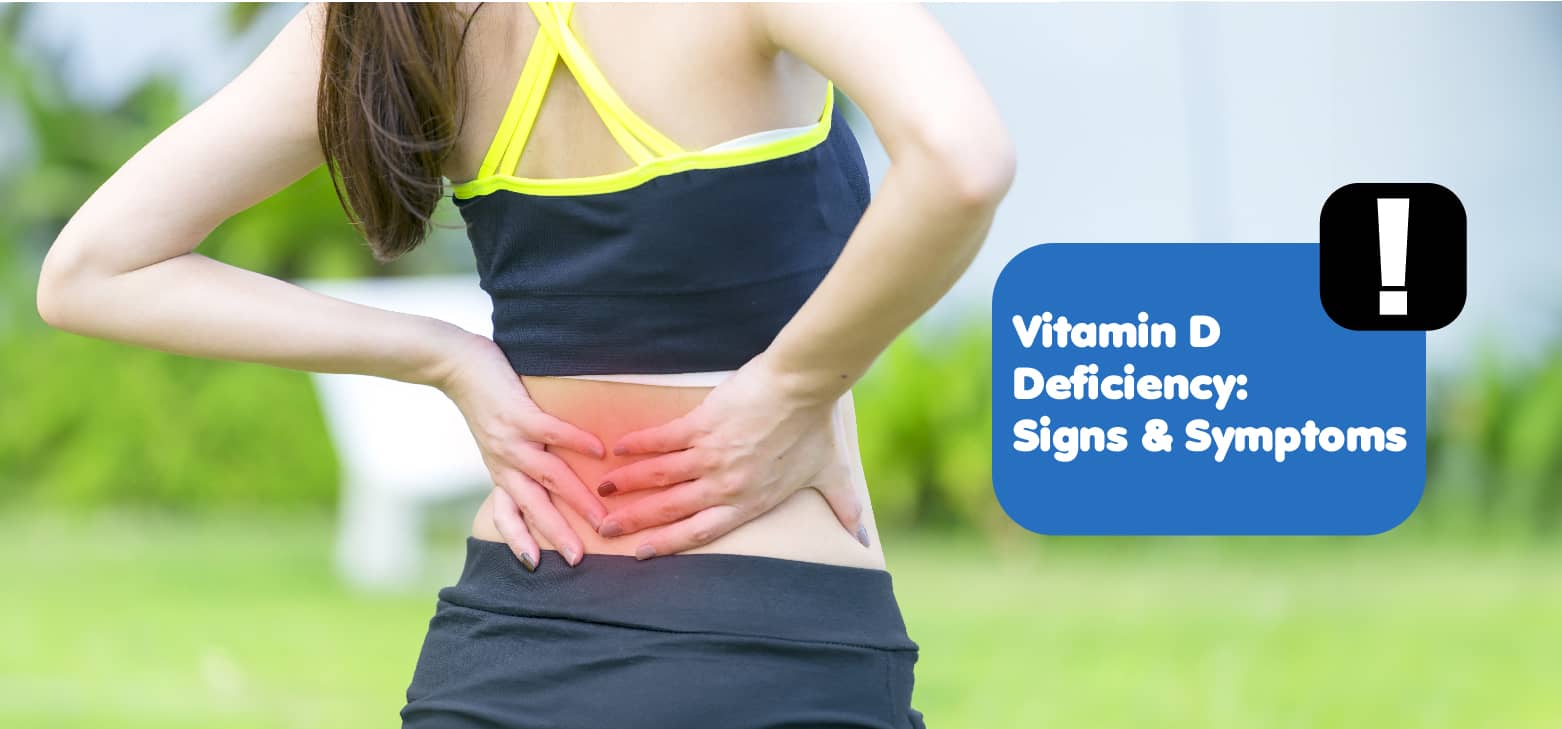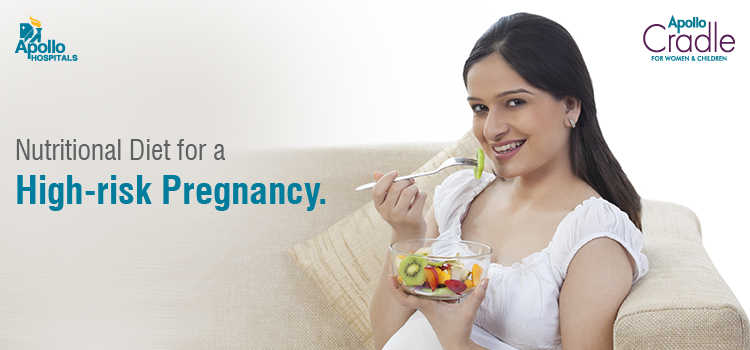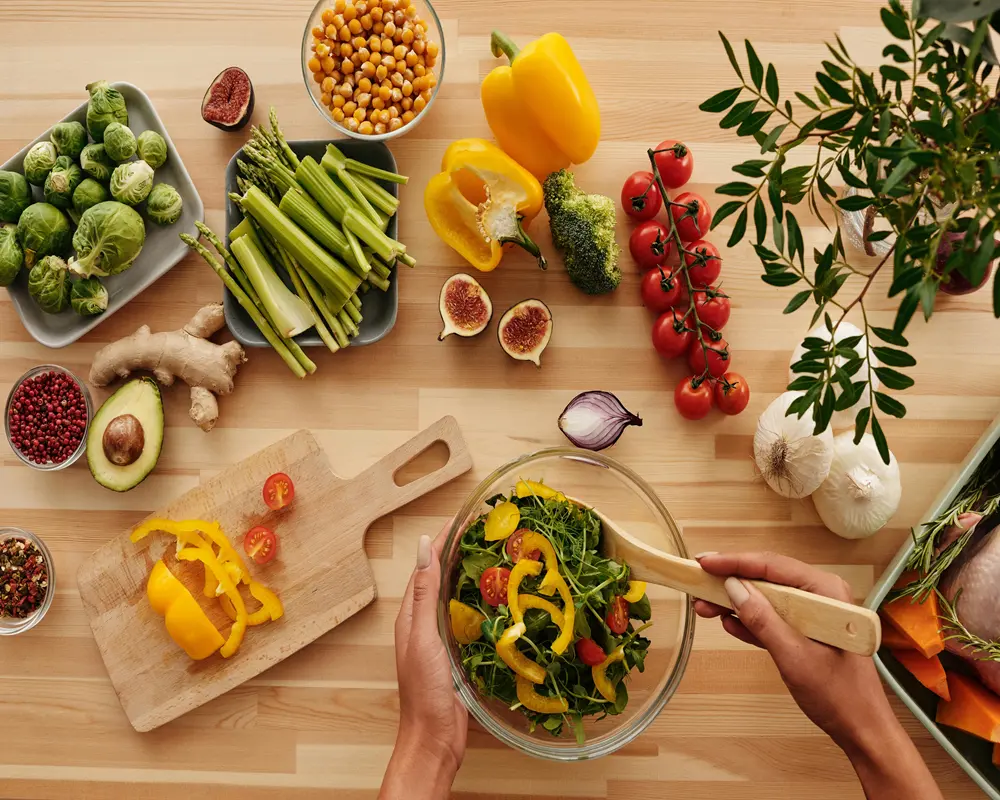Healthy Food

Vitamin D Deficiency: The Silent Health Epidemic You Need to Know About
January 23, 2025In recent years, vitamin D deficiency has quietly surged into a global health crisis, affecting m...

How a High-Fibre Diet Can Help Lower Depression Risk
August 9, 2022Depression has gripped millions of people around the globe in its ti...

Year One of Baby Feeding: How to Ensure a Healthy Diet for Your Infant
October 19, 2021Baby Feeding Baby Feeding – The f...

Vitamin D Deficiency: Signs and Symptoms
January 3, 2020Get some early morning Sun! It’s good for your bones!”. ...

Nutritious Diet During High-risk Pregnancy
February 5, 2019We have all heard the saying ‘we are what we eat’. While...
Pregnancy Calculator

